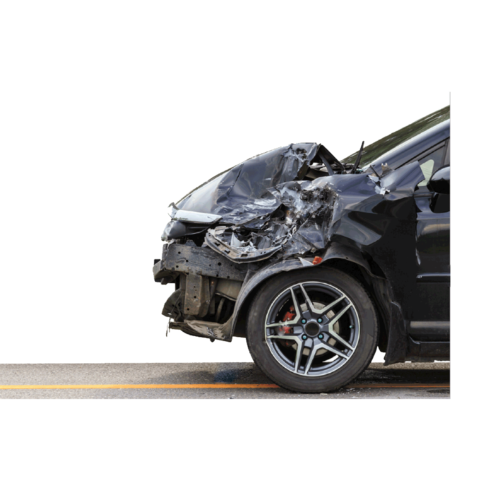When you enter a car accident, there are particular steps which you might want to take so as to make sure everybody is secure, to follow the law and to find the insurance claim process started.
According to the Insurance Information Institute (III), the following steps may help direct you through important choices you need to make if you have been in an auto accident, whether you were at fault for your crash or not.
STEP 1: CHECK YOURSELF FOR INJURIES.
If you’re hurt, call 911 or ask somebody else to do so. If you are seriously injured, do your best not to proceed, and await emergency personnel.
If you are not too hurt to move, check on the other passengers in your vehicle. If anybody’s hurt, get on the telephone with emergency services or request a bystander to call for help.
STEP 3: GET TO SAFETY.
If you are in a position to, then proceed into the side of the street or a sidewalk. If your vehicle is safe to drive and is causing a hazard in which it’s, pull it to the side of this road.
STEP 4: CALL 911.
Whether an injury is considered a minor fender-bender or a significant crash, phoning the police is important — and in certain states, it is legally required. The responding officers will complete an accident report and document the scene. If the police can’t visit the scene of this accident, you can visit the nearest police station and complete a report yourself, according to the III. When you submit a claim with your insurance company, they might request a copy of the police report to assist with the claims procedure.
Switch off your engine, turn on your hazard lights and use the road flares on your emergency car kit to warn other vehicles to slow down.
STEP 6: EXCHANGE Details.
After making sure you and some passengers are uninjured, exchange insurance and contact information with the other driver. According to the III, here’s the most crucial information drivers should swap after an accident:
Full name and contact information
Insurance company and policy number
Driver’s license and license plate number
Sort, color and model of automobile
Location of mishap
The III recommends that you avoid talking fault when going over the facts with the other motorist. After you file an insurance claim, the adjuster reviewing your claim will probably determine who is at fault based on a review of this vehicles/property damaged, data given by you and the other parties involved in the accident, and some other supporting documentation, such as the police report or photos from the scene.
STEP 7: DOCUMENT THE ACCIDENT.
So as to help safeguard yourself, the III recommends taking the following steps:
Identify the officers.
When the police arrive, then get the name and badge number of all responding officers.
Obtain a backup.
Ask the police officers present in which you can obtain a copy of the crash report. Your insurance company may request a copy of the report if you record a car insurance claim.
Shoot pictures.
Document the accident thoroughly by taking pictures of your car or truck from different angles, showing the damage done to both automobiles. It might also be a fantastic idea to take pictures of the other car’s license plate. You may have the ability to share photographs with your insurer during the claims process to help support your claim.
Take names down.
Talk to witnesses.
If there weren’t any witnesses to the crash, take down their names and their contact info, as well.
To help keep all this documentation in sequence, you are able to continue to keep this crash data page in your motor vehicle.
STEP 8: NOTIFY YOUR INSURER and Begin THE CLAIMS PROCESS.
You may choose to call your insurance agent as you’re in the scene. This waythey can let you know just what they will want to in order to process your claim and what to anticipate during the claims procedure.
An accident may leave even the most experienced driver frazzled, but following these steps might help protect you from unnecessary concerns. This way, you can focus on working with your insurance provider to get your car repaired as smoothly and as quickly as possible.
